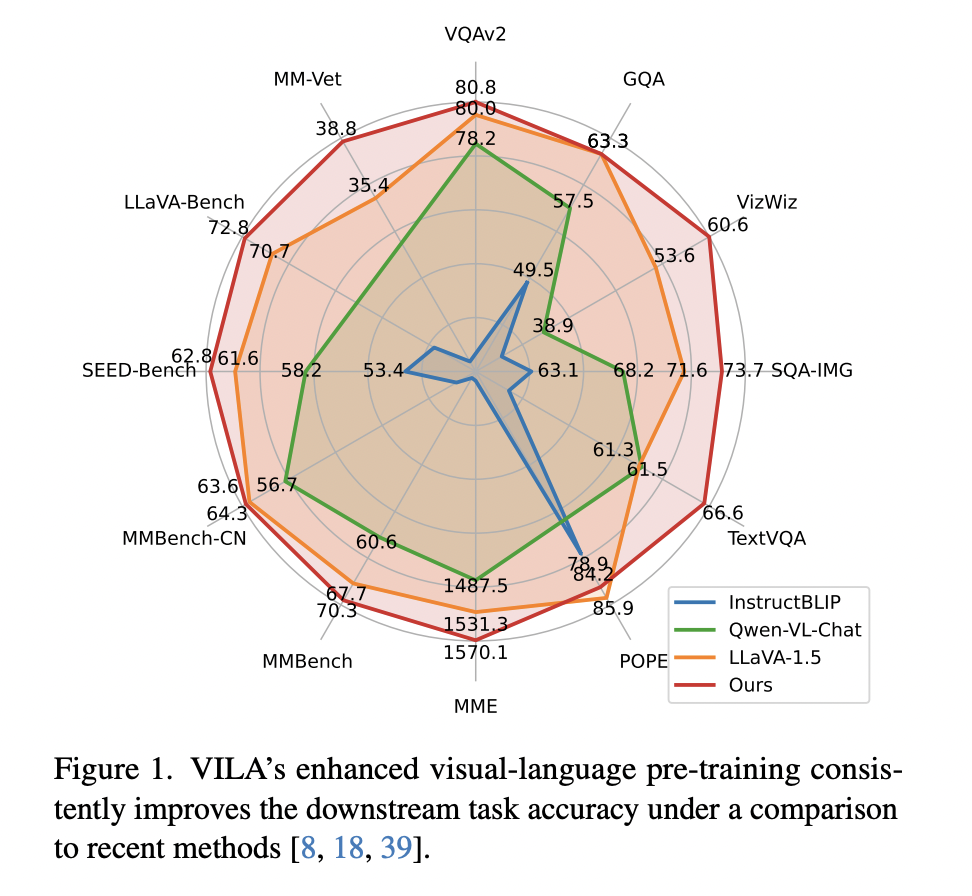The rapid evolution in AI calls for models that can handle massive amounts of data and provide accurate, actionable insights. Researchers in this field aim to create systems capable of continuous learning and adaptation, ensuring they remain relevant in a dynamic environment.
A key challenge in developing AI models lies in overcoming the problem of catastrophic forgetting, where models fail to retain previously acquired knowledge when learning new tasks. This challenge becomes more pressing as applications increasingly demand continuous learning capabilities. For example, models must update their understanding of health care, financial analysis, and autonomous systems while maintaining prior knowledge to make informed decisions. The fundamental problem is designing models that can efficiently learn new information without compromising previously acquired insights.
Current research includes elastic weight consolidation (EWC), which prevents catastrophic forgetting by punishing significant changes in weight, and replay-based methods such as experience replay, which involves replaying past experiences. Reinforces prior knowledge. Modular neural network architectures, such as progressive neural networks, add subnetworks for new tasks, while meta-learning approaches, such as model-agnostic meta-learning (MAML), train models for new tasks with minimal data. Allow for rapid adoption. Each approach has unique tradeoffs in complexity, efficiency, and adaptability.
NVIDIA and MIT researchers have introduced a novel visual language model (VLM) pre-training framework, VILA, which emphasizes efficient embedding alignment and uses dynamic neural network architectures. This research differs from the combination of interleaved corpora and joint supervised fine-tuning (SFT) to enhance visual and textual learning capabilities. VILA's framework is distinct for its emphasis on preserving learning capabilities in context while improving generalizability, ensuring that models retain the ability to efficiently handle complex tasks.
To improve visual and textual alignment, the methodology involved pre-training VILA on large-scale datasets, such as the Coyo-700m. The researchers used a base LLaVA model to test different pre-training strategies, comparing freezing and updating a large language model (LLM) during training. They introduced visual instruction tuning to fine-tune models using visual language datasets with prompt-based instruction tuning. The evaluation process involved testing pre-trained models on benchmarks such as OKVQA and TextVQA to assess visual query-answering capabilities, specifically measuring VILA's accuracy and ability to learn from context.
VILA demonstrated significant results in improving the performance of VLMs. It achieved outstanding accuracy, averaging 70.7% on OKVQA and 78.2% on TextVQA, beating existing benchmarks by a significant margin. Additionally, VILA retained up to 90% of previously learned knowledge when learning new tasks. This result indicates a reduction in catastrophic forgetting, indicating that VILA can adapt to new visual language tasks while retaining prior knowledge.
To conclude, the research presented a new framework for pre-training VLMs, emphasizing embedded alignment and effective task learning. By applying advanced techniques such as visual instruction tuning and leveraging large-scale datasets, VILA demonstrated improved accuracy in visual query-answering tasks. Research highlights the importance of balancing new learning with retention of prior knowledge, reducing catastrophic forgetting. This approach is instrumental in advancing VLMs, enabling more efficient and adaptable AI systems for diverse real-world applications.
check Paper and GitHub. All credit for this research goes to the researchers of this project. Also, don't forget to follow us. Twitter. Join us. Telegram channel, Discord channelAnd LinkedIn GrTop.
If you like our work, you will like our work. Newsletter..
Don't forget to join us. 41k+ ML SubReddit
Nikhil is an intern consultant at Marktech Post. He is pursuing an integrated dual degree in Materials at the Indian Institute of Technology, Kharagpur. Nikhil is an AI/ML enthusiast who is always researching applications in fields like biomaterials and biomedical science. With a strong background in materials science, he is exploring new developments and creating partnership opportunities.
